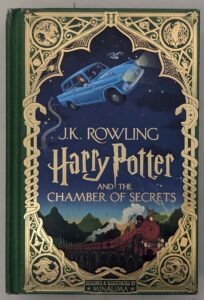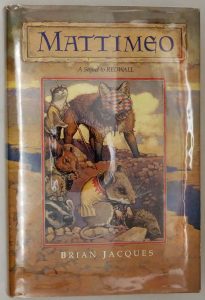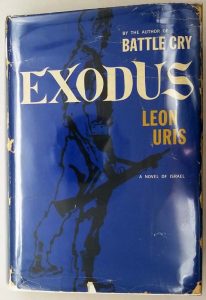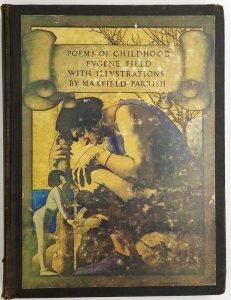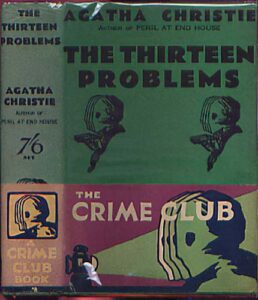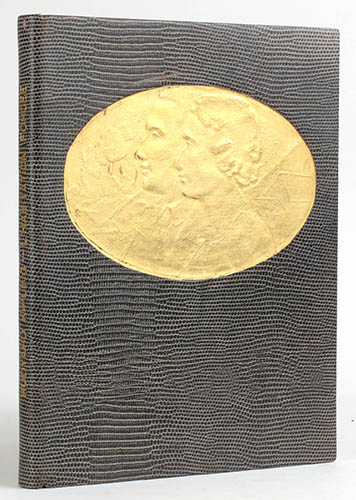
Habitation Forcée (1921), written by Rudyard Kipling and illustrated by Jessie M. King, represents a fascinating fusion of British literary prowess and Scottish Art Nouveau aesthetics. Published in Paris by Éditions de la Sirène as part of their deluxe Collection des Chefs-d’Œuvre, this French-language edition of Kipling’s “The Vortex” (from A Diversity of Creatures) is elevated by King’s ethereal illustrations that float between dream and nightmare. Her delicate pen work, washed with translucent watercolors in seafoam greens and bruised purples, captures the story’s psychological tension—a dinner party’s civilized veneer unraveling into primal chaos. King’s figures appear almost spectral, their elongated limbs and flowing garments mirroring the story’s swirling descent into madness, while her decorative borders of knotted seaweed and jagged coral fragments hint at submerged dangers. Particularly striking is her frontispiece, where the hostess Mrs. Castorley seems to dissolve into the wallpaper’s pattern, her face merging with the predatory flora. The artist’s lettering—elegant yet slightly unsteady—winds through the pages like the story’s insidious “vortex” itself. Printed on thick Arches paper with deckled edges, this edition exemplifies the luxury of 1920s French livre d’artiste publications while preserving King’s distinctly Glasgow School sensibility.
About Jessie M. King (1875-1949):
A central figure in the Glasgow Style movement, King brought her singular vision to this 1921 Kipling project during her most experimental period. Trained at the Glasgow School of Art under Fra Newbery, she developed a style blending Celtic symbolism with Art Nouveau fluidity—an approach perfectly suited to Kipling’s unsettling tale. Unlike her better-known fairy tale illustrations, this work reveals King’s darker capabilities, where her typically whimsical linework takes on an almost sinister quality. After co-founding the influential “Greensheaves” artist community in Paris, King became renowned for her book designs that treated each volume as a total artwork. Her illustrations for Habitation Forcée—created while she was adapting to postwar Europe’s shifting aesthetics—show her transitioning from pre-war elegance to a more psychologically complex modernism. The original drawings, now held by the Hunterian Museum, demonstrate her painstaking process: first sketching in violet ink, then building up layers of watercolor with a dry-brush technique to achieve that characteristic misty luminosity. Though better known for The High History of the Holy Graal (1903) and The Studio-published gift books, this 1921 collaboration with Kipling remains one of her most sophisticated integrations of text and image—a whispered conversation between Scottish symbolism and British imperial prose.
For collectors of this edition, these related works may intrigue:
• Defence of Guenevere and Other Poems (1904) illustrated by King – an early’s sublime work
• The City of the Soul (1921) illustrated by Alastair – a contemporaneous decadent work
• The Vortex in A Diversity of Creatures (1917) – Kipling’s original English version
Other Jessie M. King illustrated works available in our gallery: The Defence of Guenevere, A House of Pomegranates, The High History of the Holy Graal, Seven Happy Days, Poems of Spenser.
I would recommend this excellent in-depth study by Professor Catherine Delyfer about the illustrator Jessie M. King and this particular book Habitation Forcée by Rudyard Kipling. It’s quite fascinating.
